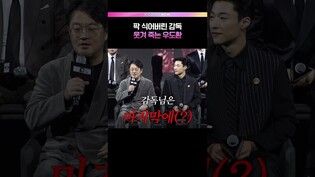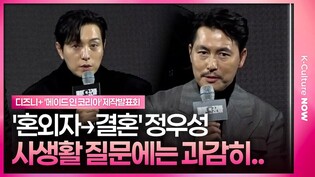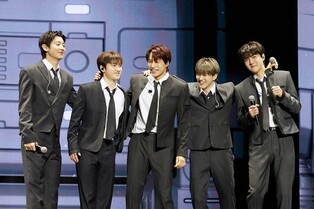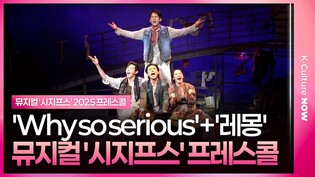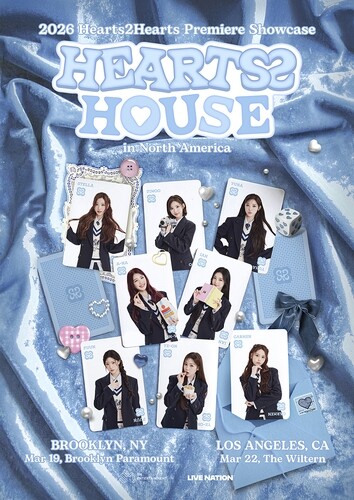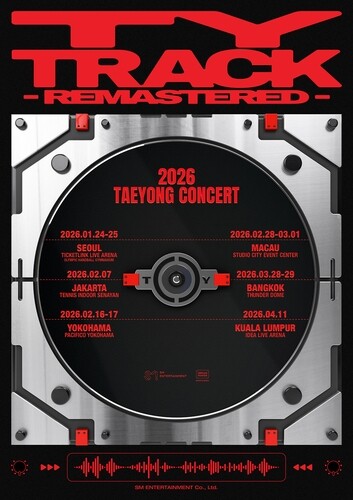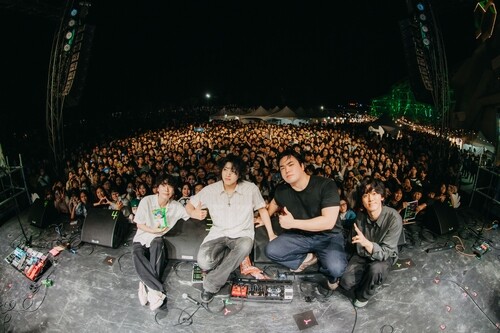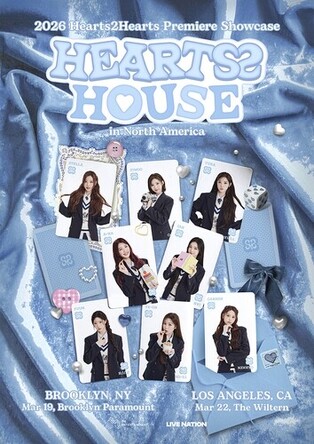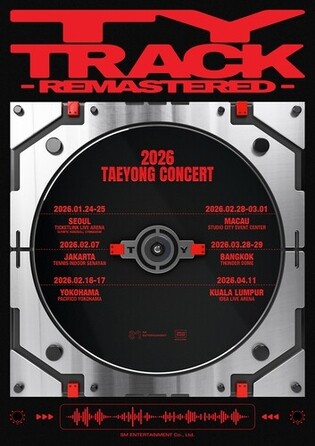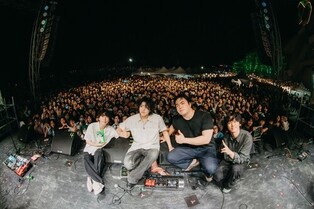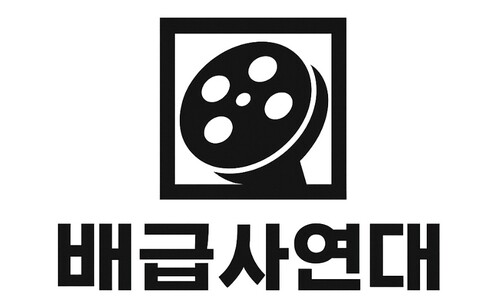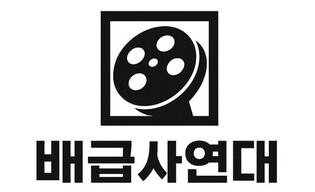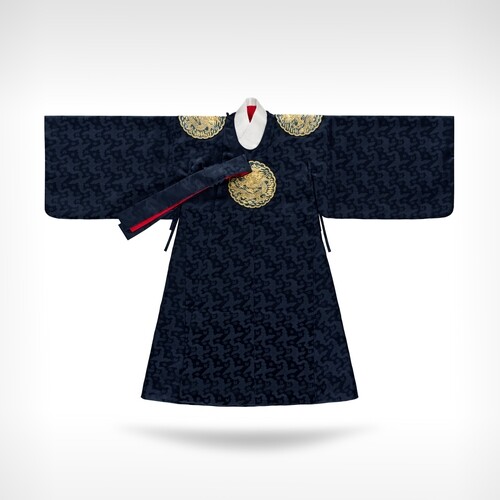 |
| ▲ This photo provided by the Korea Heritage Agency (KH) shows "yongpo (dragon robe)," or the royal daily court robe decorated with dragon patterns, worn by kings and crown princes for official duties. (PHOTO NOT FOR SALE) (Yonhap) |
SEOUL,
Aug. 18 (Yonhap) --
The state-run agency said it will hold its second annual Korea Traditional Tailoring Research exhibition, “Gwanrye: The First Step to Finding Myself,” at the National Intangible Heritage Center in Gangnam District, southern Seoul, from Aug. 18 to 27.
Gwanrye was a traditional rite of passage equivalent to today’s coming-of-age ceremony. In the late Joseon period, it was typically held when a youth was around 15 years old. Men tied their hair in a topknot and wore a headpiece, while women styled their hair in a bun adorned with a hairpin.
On display will be 66 ceremonial garments produced by 43 members of the research society.
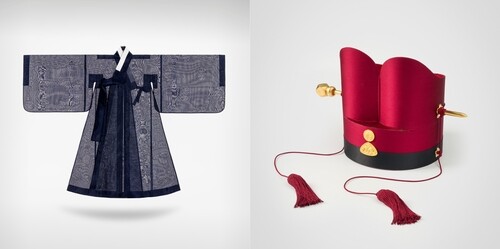 |
| ▲ This photo provided by the Korea Heritage Agency (KH) shows "jikryeong (L)," a straight-collared robe, and "gongjeongchaek," or the belt worn with jikryeong. (PHOTO NOT FOR SALE) (Yonhap) |
Royal attire has been recreated based on records of the coming-of-age ceremonies of Emperor Sunjong (r. 1907–1910) and Empress Sunmyeonghyo from the 1880s, while noblemen’s attire was restored according to the late Joseon ritual manual “Sarye Pyeollam.”
Visitors can view a range of outfits, from the chochulbok worn by a crown prince at the start of his first coming-of-age ceremony, to the chogabok, jaegabok and samgabok used in subsequent procedures, along with headpieces and elaborate ornaments.
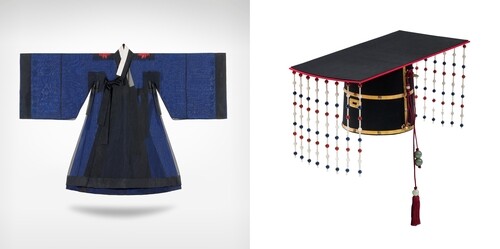 |
| ▲ This photo provided by the Korea Heritage Agency (KH) shows "myeonbok (L)," a king’s ceremonial robe worn on the most important state rituals, and "myeonryugwan," or the formal crown with strings of beads, paired with the myeonbok. (PHOTO NOT FOR SALE) (Yonhap) |
For noblemen, garments such as sagyusam, simui, cheongsam and nansam will be presented, while women’s attire includes the jangbaeja vest and traditional socks (beoseon), all crafted with painstaking detail.
Ku Hye-ja, holder of the state-designated intangible cultural heritage title of chimseonjang (traditional tailoring) and head of the society, said, “We hope this exhibition conveys the delicate craftsmanship that preserved our ancestors’ rituals and the beauty of tradition.”
Admission is free.
(C) Yonhap News Agency. All Rights Reserved

















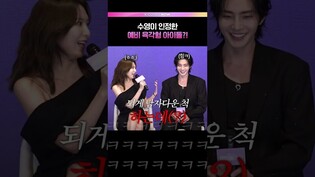
![[풀영상] 디즈니+ '메이드 인 코리아' 제작발표회|현빈 Hyunbin·정우성 Jung Woosung·우도환·서은수·원지안·정성일·강길우·노재원·박용우|Made In Korea](/news/data/20251215/p179554206856695_165_h.jpg)
